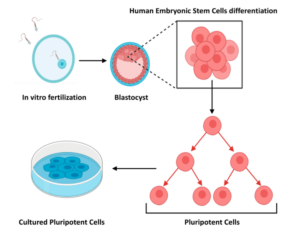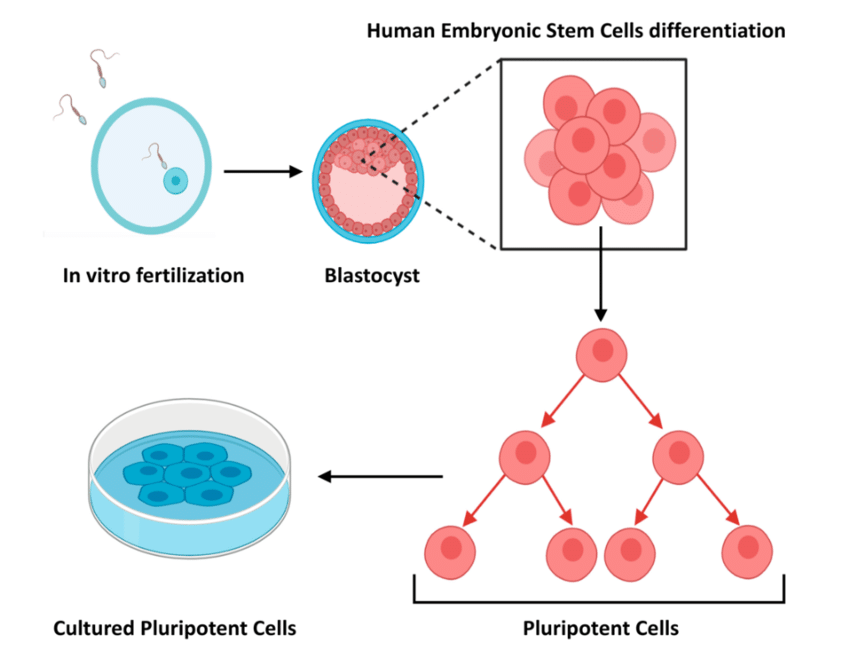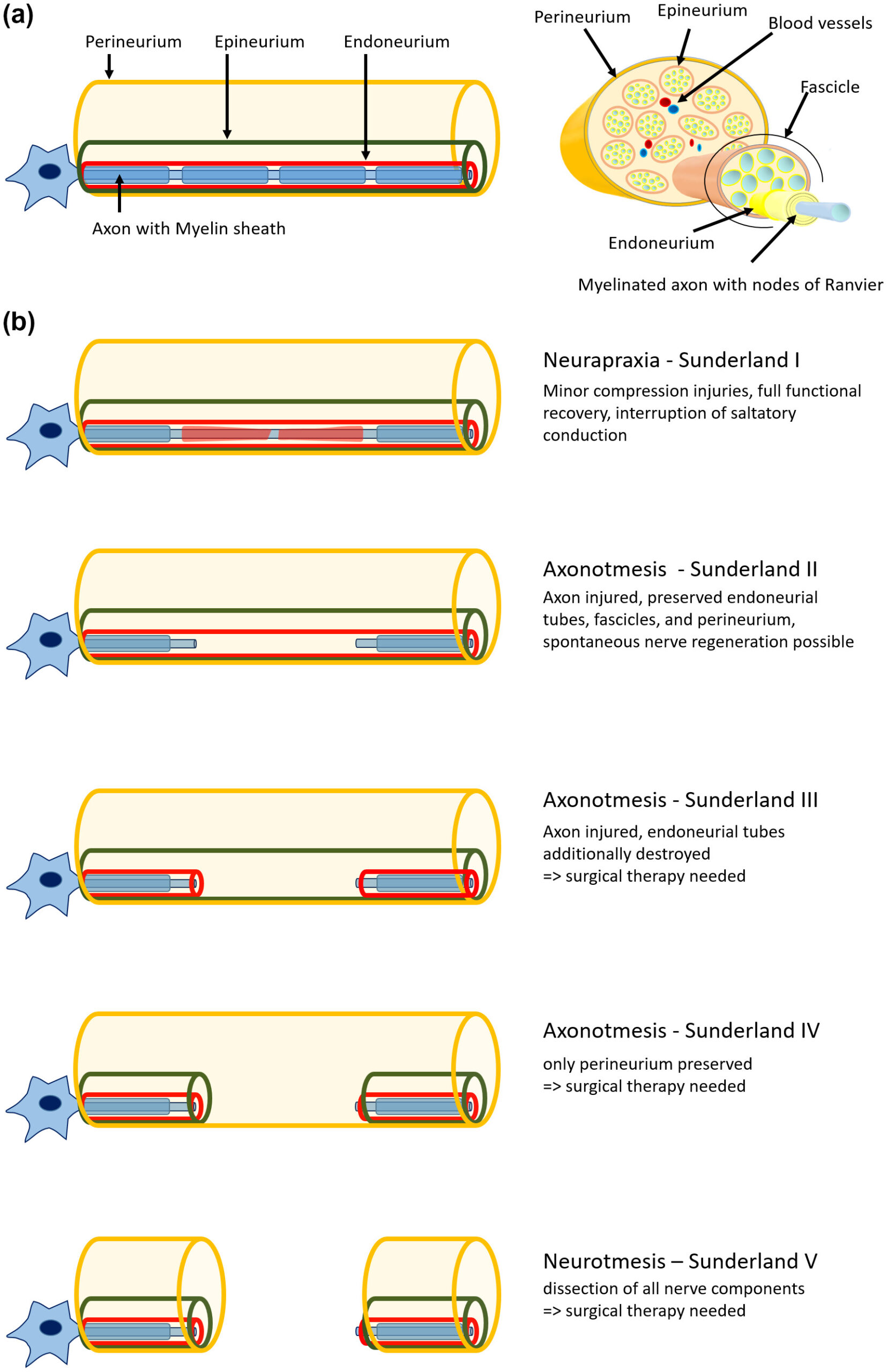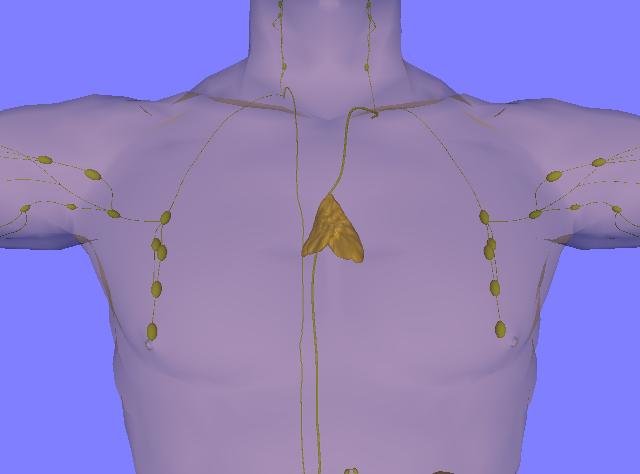How We Produce Stem Cells...
 Here is my step-by-step procedural list explaining how we produce stem cells in the laboratory:
Here is my step-by-step procedural list explaining how we produce stem cells in the laboratory:
- Source choose suitable source of stem cells: in this case I’ll use“Adult Tissue” generated from adult cells.
- Cell isolation: For adult tissues isolate the specific cell type you want to reprogram into stem cells.
- Culturing medium preparation: Prepare a specialized culture medium that contains essential nutrients, growth factors, and signaling molecules to support stem cell growth and maintain their pluripotency.
- Seeding cells: Place the isolated stem cells into a sterile tissue culture dish containing the prepared culture medium. Ensure the dish is coated with a suitable matrix or extracellular matrix proteins that promote cell attachment.
- Incubation: Place the dish in a controlled incubator set to specific temperature, humidity, and gas composition (we usually do so at 37°Cwith a5% CO2). This incubator provides a stable environment that mimics the conditions necessary for cell growth and differentiation.
- Feeding and maintenance: Regularly feed the cells by replacing the culture medium every 1-2 days. The medium should be replenished with fresh nutrients and growth factors to sustain cell growth and prevent nutrient depletion.
- Cell expansion: As the stem cells divide, they will begin to form colonies within the dish. Once the colonies reach a suitable size, usually within a week or two, at this time we then subculture to create more cell lines for further research and experimentation.
- Passaging: To passage the cells, remove the old culture medium, wash the cells with a sterile buffer, and treat them with an enzyme or dissociation solution to detach them from the dish. Gently break up the cell clumps into smaller fragments, and transfer them to new culture dishes with fresh medium.
- Differentiation (optional If you want to induce the stem cells to differentiate into specific cell types, modify the culture medium to include differentiation-inducing factors or employ specialized culture techniques. This step allows the cells to adopt specialized functions based on the signals they receive.
- Characterization: Perform various tests and analyses to confirm the stemness and quality of the cultured cells. This may involve checking for specific cell surface markers, gene expression profiles, and functional assays to ensure the cells retain their desired characteristics.
- Storage and cryopreservation: If we want to preserve the cultured stem cells for future use instead of using for a direct transplantation, we freezethem in our cryoprotective solution and store in liquid nitrogen. This allows long-term storage while maintaining cell viability.




